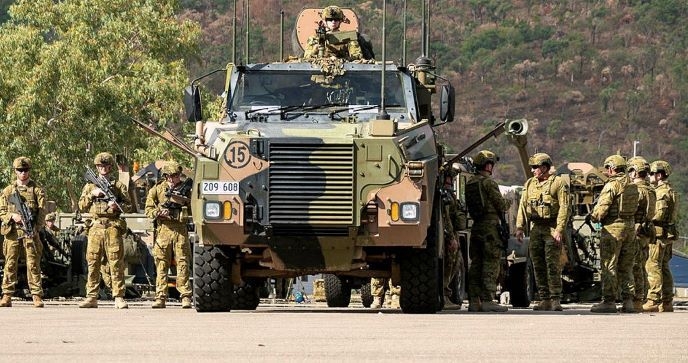AIC Part 1
This has the potential to be a game changer and open the possibility of contracting to defence to many more SME’s and mid-sized companies. If it is done correctly, and accompanied by changes to the defence mindset and procurement framework/s.
What do I mean by these (perhaps) bold statements? Firstly, lets look at the ASDEFCON suite. I have worked with the ASDEFCON template suite for many years, advised on it, negotiated with both DoD and primes as well as subcontractors. And with that experience and a law degree, it still trips me up on occasion. There is also mammoth guide to the contract suite (you can find it on the CASG website) but I doubt too many have read it, both inside and outside defence.
The document suite needs simplification. Items such as limitation of liability, liquidated damages, and intellectual property can be confusing to new players (and some old ones) and are dealt with and applied different ways. Taking Intellectual Property as an example (and because I have an interest in the area), the changes from an IP Schedule and an IP Plan to the new ‘Technical Data’ schedule were (I believe) potentially a great idea. The trouble is, fast forward a couple of years, and people are still using the old form documents, or worse trying to squeeze IP clauses and TD clauses together. I’ve seen it, and it’s not pretty (or easy to deal with).
Policy needs to change in several ways. DoD need to make it clear that the following are not on, and then follow up on compliance:
AIC Part 2
I wrote above that the AIC / ASDEFCON review could be a game changer. The minister has since released a discussion paper the ‘Draft Enhanced Contractual Framework’ (‘Framework’) on some of the ways they plan to do this. This is only the first (of two or more) documents to be released, and only contains “extracts” of the ASDEFCON Conditions of Contract and template SOW. We haven’t seen the final document suite, which will be released after a period in which the minister has requested comment.
Defence proposes to issue two releases to Defence Industry:
- Release 1 [circa September 2020] will comprise the draft “AIC core package” (described below) based on the extracts of the key changes to the framework based on the ASDEFCON Strategic Materiel template; and
- Release 2 [circa 4 weeks post] – which will be the full package of draft contract artefacts (including data item description artefacts) based on the ASDEFCON Strategic Materiel ”
As it is only a limited release, I’ve only commented on some of what I consider key aspects.
The foundation idea of what the review is attempting to do is good, and the Minister (and DoD) should be commended. They are actively looking at AIC, and how it could be enforced through the ASDEFCON contracting suite.
The example SOW used is from the Strategic Material template, which makes sense as the level these amendments should be aimed at.
At first glance the (suggested) amendments to the Conditions of Contract and to the SOW are steps in the right direction. The problem will be in the implementation., and as discussed further on require some refining still. Items such as limitation of liability, liquidated damages, and intellectual property have not been discussed, but will need to be and opportunities given to respond to these issues as well.
-
The Draft Conditions of Contract:
Only the prime contractor is contractually bound to the CoA, but the Contractor is now responsible for the AIC performance of any ‘AIC Subcontractor’ (the definition of which has not been finalised), although the Framework document explains that it will be a (new) sub-category of ‘Approved Subcontractor’.
This is critical. There needs to be a lot more information on this, including criteria of who will / will not fall into this category and what oversight the Commonwealth will have. At a minimum it will be a right of approval / veto as they have now with Approved Subcontractors.
The Contractor is also now responsible for ensuring that its AIC subcontractors ‘comply with their Subcontractor AIC Plans’. This is an ‘AIC Obligation. (AIC Obligations are defined in the ‘Glossary’ to the Conditions of Contract.)
The issue here is what happens if an AIC Subcontractor does not comply? There will need to be back to back terms from the prime contractor to the AIC Subcontractor.
Similarly, the Contractor is responsible for ensuring compliance with audits, both its own and audits of AIC Subcontractors. This is nothing new, just extended to a new class of subcontractor, but once again it will be critical to have the audit obligation flown down contractually to any AIC Subcontractor.
Via a new clause 4.5 ‘AIC Remedies’ the Commonwealth can enforce any AIC Obligation (including performance of these by an AIC Subcontractor). This (clause 4.5) states that damages are not the only relief and allows for the Commonwealth to seek remedies such as ‘specific performance and injunctive relief’.
Once again though, it is all very well for the Commonwealth to seek an order of specific performance, but this can only be against the Contractor, who will then be forced to seek similar relief as against the AIC Subcontractor.
This would just add time delays and may in the end be futile.
-
The Template Statement of Work ‘SOW’
The template SOW as attached to the Framework contains some draft clauses that are heavily geared around Sovereign Capability, and in fact allow the Commonwealth to be an active part of the procurement cycle.
There are also optional clauses mandating that the Contractor holds industry forums where the procurement activities will take place over a long period. The Presentation Package Agenda and minutes for a forum must be in compliance with new DID’s AIC-120 through AIC-140.
The problem with having the Commonwealth actively involved in procurement is the time lag it will inject in the process. This would not work for urgent procurements. The Commonwealth should approve items once. I suspect industry will push back on quite a few items in the SOW as presented.
The obligations laid out in the optional (new) section of the draft SOW titled ‘Defence-Required Australian Industry Capabilities (DRAICS)’ apply to ‘Approved Subcontractors’ in general and not only AIC Subcontractors and references further in the document refer to ‘Subcontractors’. This is somewhat confusing as drafted and I’m not sure if it is intentional.
DRAICs will be treated as supplies under the contract and subject to their own development, management and acceptance requirements.
-
Template AIC Schedule (Annexe G to attachment A)
A draft AIC schedule is attached, however to quote the Framework Document ‘the AIC Plan remains the key governing plan, but it will no longer be included as a contract attachment.’ And is no longer due at the time of RFT submission. This requires some clarification.
Whilst it is (in theory) a good idea not having to propose AIC at time of bid submission, this may not work practically.
The reasoning is simple. Primes base their bid price partially on the bids received from 2-3 level subcontractors. One of the (many) factors in deciding on a subcontractors product (or solution) was how it could contribute to the (overall) AIC.
-
Conclusion
As I stated above this has been (and could only have been a limited look at the issues due to the fact of the way the documents were and will be released. Frankly, I would have liked to have seen all the template documents released as one pack, so the interaction could be analysed and commented on as a whole.
Overall it’s a good start, but until it is possible to see how things such as limitations of liability, liquidated damages and IP are dealt with it is impossible to say if this is a good step or not.
What I am willing to say with some authority is that overseas based primes will not like some of these proposals, and I suspect actively attempt to have others deleted.
Lastly, the only (real) way I believe this can work is for the Commonwealth to mandate that first and perhaps even second level subcontractors must be signed up to ASDEFCON, and not the amalgam of documents they (the primes) like to foist on subcontractors.









